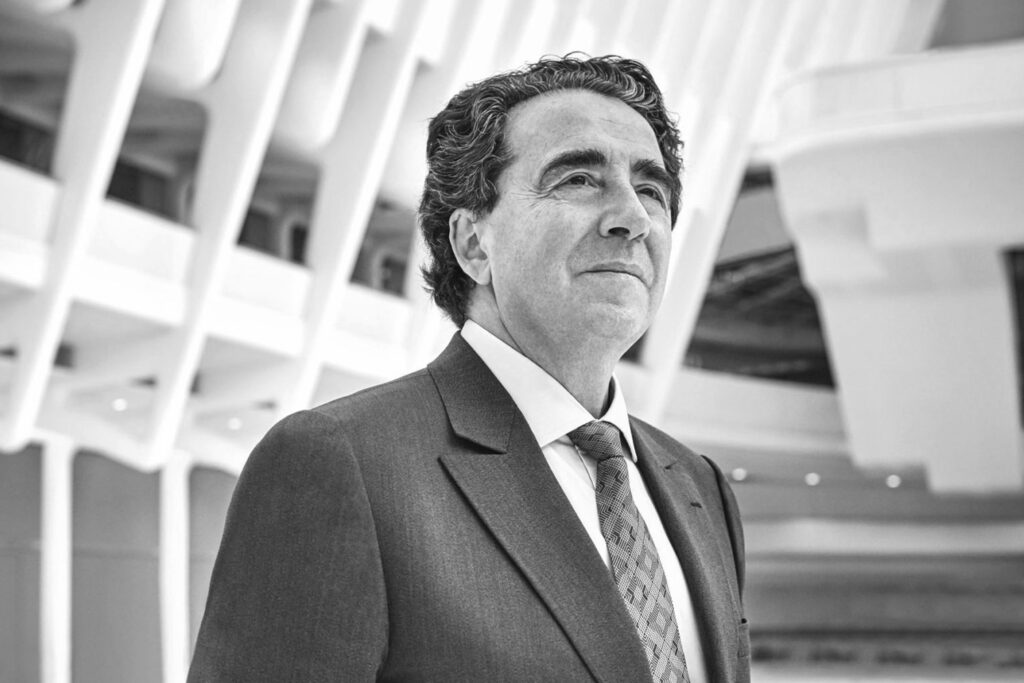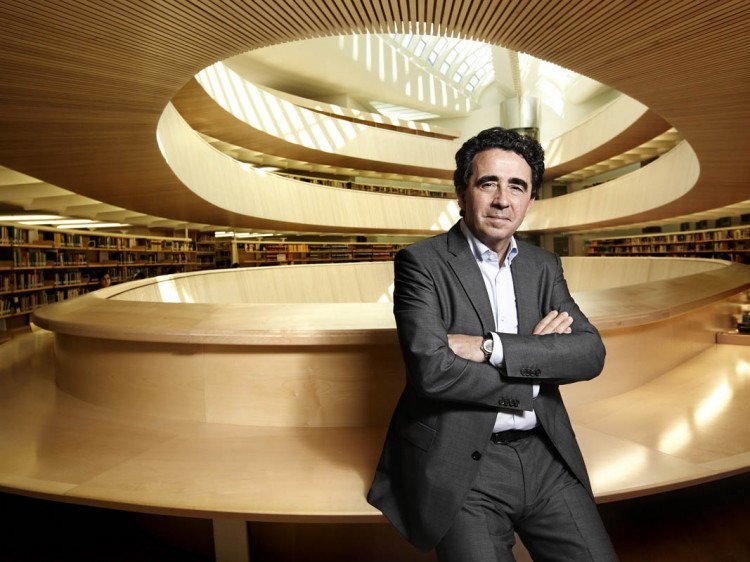
Santiago Calatrava is one of the most prominent contemporary architects and engineers, globally renowned for his unique blend of architecture, engineering, and sculpture. His works—often featuring organic forms inspired by nature—blur the lines between art and science.
Life and Education
Calatrava was born in 1951 in Valencia, Spain. He initially studied architecture, then moved to Switzerland to pursue civil engineering at the Swiss Federal Institute of Technology (ETH Zurich). This rare combination of architectural and engineering knowledge shaped his unique career path.
Architectural Style and Philosophy
Calatrava strives to balance aesthetics and function in his designs. His signature style is defined by dynamic forms inspired by the human body, animals, and natural structures. His artistic vision often turns buildings into large-scale sculptures.
Key characteristics of Calatrava’s style:
Use of organic, fluid, and kinetic forms
Integration of engineering with aesthetics
Influences from human anatomy and nature
Light, white, and dynamic structures
Notable Works
Lyon-Saint-Exupéry TGV Station (France) – A structure with a roof resembling a bird in flight
Milwaukee Art Museum (USA) – Featuring movable wings that open and close
Peace Bridge in Calgary (Canada) – A unique, curved pedestrian bridge with a lightweight structure
City of Arts and Sciences in Valencia (Spain) – A futuristic complex with sweeping, curved forms
Criticism and Challenges
While widely admired, some of Calatrava’s projects have faced criticism for budget overruns, construction delays, and technical challenges. Despite these issues, his artistic vision and technical innovation continue to be celebrated in the architectural world.
Conclusion
Santiago Calatrava has proven that architecture can be both a precise science and a visual poem. He is one of the few architects who successfully merges abstract, poetic ideas with structural precision, creating unforgettable, iconic works.


No comments yet.